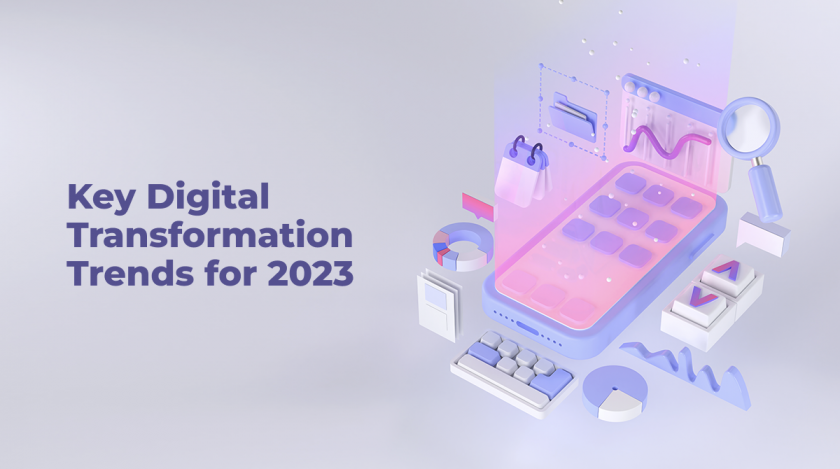The world is experiencing a digital transformation, and a growing number of businesses are using digital technology to modernize their processes, operations, products, and services. Organizations will be able to grow in efficiency and insight-drivenness, providing them a competitive edge over those that lag behind the most recent trends in digital transformation.
Significantly, the digital transformation entails four fundamental areas: data, technology, people, and processes. For instance, the move to remote-first working arrangements for many firms and the automation of customer service in retail are prominent examples. In healthcare, this shift is not just limited to patient e-portals, but also extends to innovations in hospital attire, like the integration of modern scrub wear.
These advancements in scrub design leverage technology to improve functionality and comfort, reflecting the broader trend of digital transformation across industries in recent years.
Trends in Digital Transformation for 2023
Every industry and sector is transforming as a result of technology. Businesses can turn to digital product agency Fireart to embrace digital transformation in the next year if they want to be competitive and ahead of the curve. Several new themes in digital transformation will influence how businesses handle technology and innovation in 2023.
AI for Reducing OPEX
One of the top studies unveils that the media and entertainment sector is experiencing increased expenditure, leading to diminished earnings. Moreover, the sector’s operational expenditures (OPEX) surpass profit margins. As a consequence, spending has spiraled out of control, driven by the pursuit of quick financial gains or a competitive advantage over rivals. Consequently, the sector must now reevaluate its approach.
It’s time to examine how they allocate their financial and content resources, and at the forefront of this endeavor are artificial intelligence (AI) and machine learning (ML). By leveraging AI and ML approaches, you can optimize the utilization of both content and money, making wiser decisions.
Everything as a Service (XaaS)
Allow space for the cutting-edge cloud. In the next year, “digital transformation” will be evident in novel and surprising ways. Today, many firms are accessing data through cloud-based systems, even though digital hubs are commonplace. On a corporate level, using technology reduces the need for physical gear and makes cooperation natural. Due to widespread user acceptance, cloud-native apps can grow more quickly and provide better benefits for enterprises.
An Increase in Blockchain Investment
Blockchain is a new technology that has applications in some sectors, including supply chain management, healthcare, and finance. With the ability to construct smart contracts and keep data forever, it can potentially disrupt conventional business practices.
This technology is also important as a key component in the list of digital transformation trends to look for since software vendors want a more secure environment to avoid critical information from being exposed to the public.
Big Data is Expanding in Size, Speed, and Dimensions
By the end of 2023, Statista projects that a total of 120 zettabytes of data and information will have been generated, acquired, duplicated, and used globally.
When you consider that we were only at 9 zettabytes in 2013, it is astounding. By 2025, if this exponential tendency keeps up, the total amount of data will reach 181 zettabytes. Unstructured data, such as massive file collections, unprocessed sensor data, and multimedia, make up 80–90% of big data, according to estimates. That implies that there is a ton of work huge be done before it can be used.
Automated Robotic Process (RPA)
Markedly, the RPA is a task-oriented transformation trend. For greater efficiency, automation automates repetitive tasks at work and eliminates one or two manual tasks currently in use. Organizations can create more effective trend plans for digital transformation by using big data analytics.
It’s a practical approach to address issues including a shortage of talent, data management, cost reduction, and improved customer experiences.
5G and IoT
The term “5G” refers to the fifth generation of mobile network technology. Some of 5G’s key characteristics include multi-peak data rates, low latency, a better user experience, greater connection and availability, and enhanced network capacity.
Some exciting advancements may be made thanks to edge computing and 5G. For Verizon and Telefonica, for instance, IBM will provide cloud services to enable 5G networks.
Digital Transformation Summing Up
As you can see, several trends in digital transformation have aided organizations of all sizes in making significant progress. The resources you’ll have at the beginning of the year won’t allow you to concentrate on all five trends. Keeping your personnel aware of changing trends may be more effective if you focus on one trend at a time surely.















